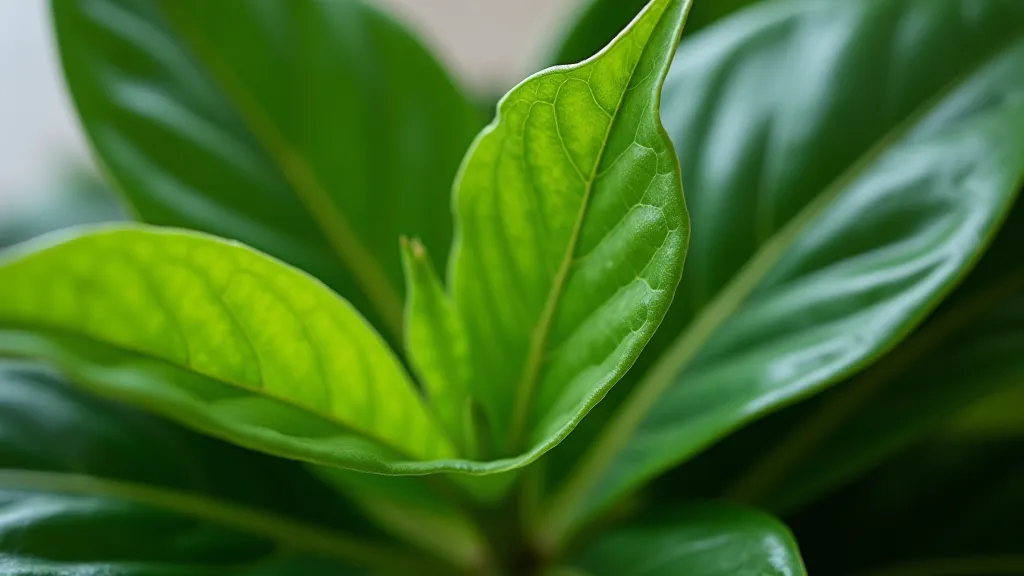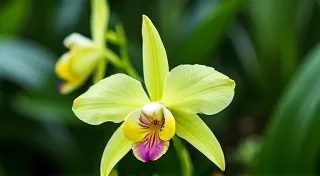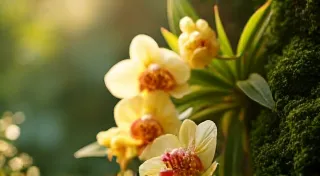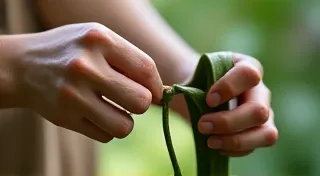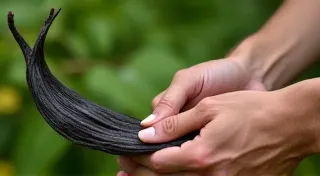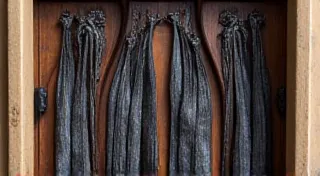Winterizing Your Vanilla Bean Plants: Protecting Them from the Cold
Vanilla bean plants (Vanilla planifolia) are beloved for their intoxicating aroma and culinary value. While thriving in warm, humid tropical climates, successfully growing vanilla beans at home often requires extra care when colder weather arrives. This guide provides practical advice for winterizing your vanilla plants and safeguarding them from frost and chilling temperatures, even if you don't live in a tropical zone.
Understanding Vanilla's Cold Sensitivity
Vanilla plants are extremely sensitive to cold. Temperatures below 50°F (10°C) can cause significant damage, and frost is potentially lethal. The roots are particularly vulnerable. Even brief exposure to freezing temperatures can lead to stunted growth, leaf drop, and ultimately, the demise of your plant. The severity of the damage depends on the duration and intensity of the cold exposure. Beyond the immediate temperature shock, cold stress can weaken the plant, making it susceptible to pests and diseases. Careful preventative measures are key to ensuring your vanilla bean plant survives the winter and is ready to produce flavorful pods come spring.
Methods for Winterizing Your Vanilla Bean Plants
The approach you take to winterizing depends largely on your climate and the size of your vanilla plant. Here are several options:
1. Bringing Plants Indoors
The most reliable method, particularly for larger plants, is to move them indoors before the first frost. Choose a location that receives plenty of bright, indirect light. A south-facing window is ideal, but you may need to supplement with grow lights, especially during shorter winter days. Providing consistent light is crucial as a lack of it can lead to etiolation, or leggy growth.
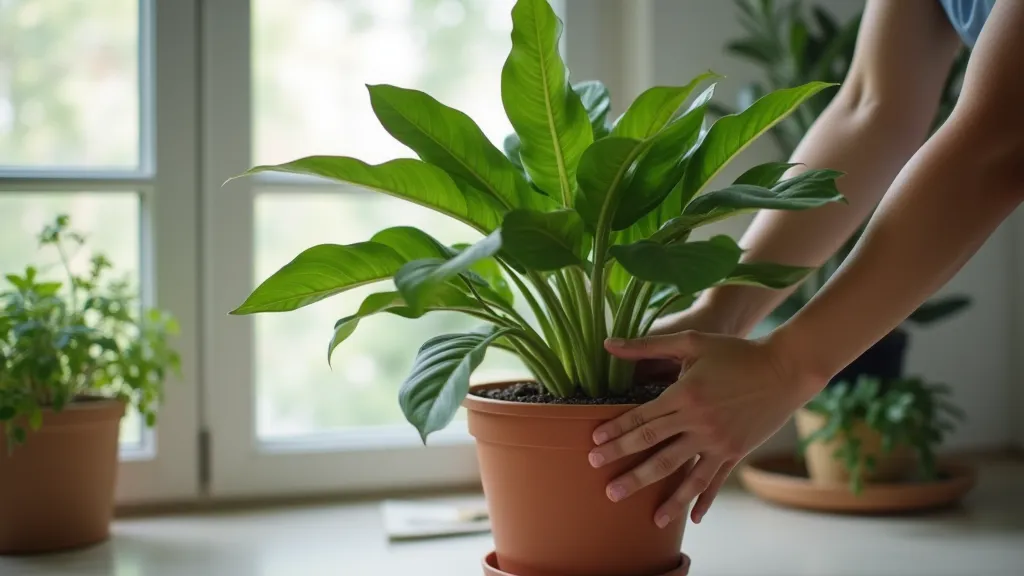
Acclimatize your plants to indoor conditions gradually over a week or two to minimize stress. Begin by placing them in a sheltered outdoor location for a few hours each day, gradually increasing the indoor time. Keep an eye out for pests, as they can sometimes hitch a ride indoors. Common indoor pests like spider mites and mealybugs can quickly infest a weakened plant, so regular inspection and preventative measures are a good idea.
2. Creating a Greenhouse Environment
3. Protecting Outdoor Plants (For Milder Climates)
In areas with milder winters where temperatures occasionally dip below freezing but rarely stay there for extended periods, you can attempt to protect your vanilla plants outdoors. Here's how:
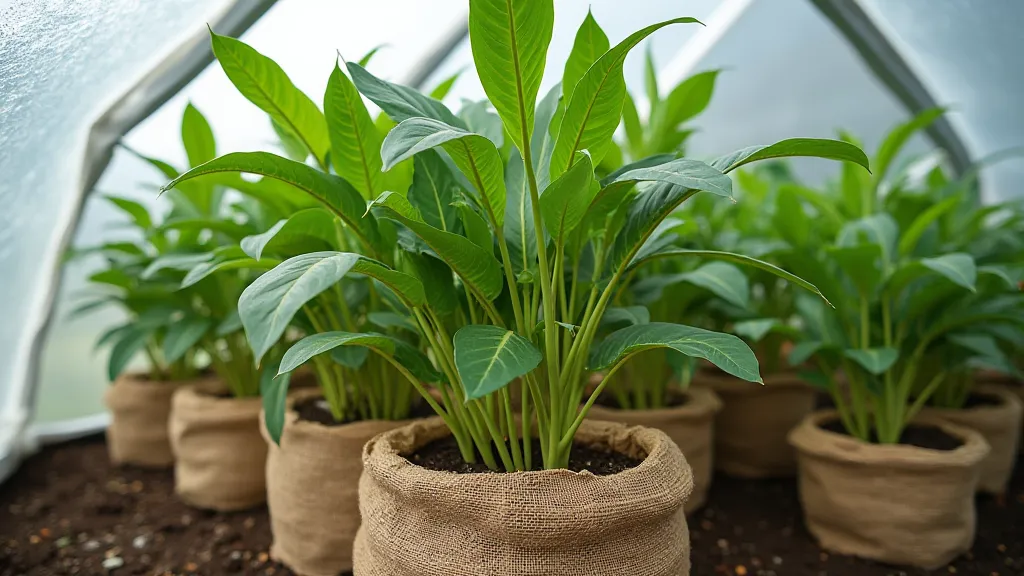
- Wrap the Plant: Use burlap, frost cloth, or several layers of blankets to wrap the plant's trunk and foliage.
- Mulch Heavily: A thick layer of mulch (straw, leaves, wood chips) around the base of the plant insulates the roots.
- Temporary Shelter: Construct a temporary frame around the plant and cover it with plastic sheeting or a tarp. Make sure the covering extends to the ground to trap heat.
Even with these precautions, be prepared to bring the plant indoors if a severe frost is predicted. Maintaining optimal growth conditions can be tricky; sometimes, the plant’s health requires more than just protecting it from the cold. Learning to properly prune your vanilla bean vines, for example, can encourage healthy growth and increase pod production. You can find more information on pruning vanilla bean vines and the proper techniques to use.
4. Root Protection - Crucial for Survival
Regardless of the method you choose, protecting the roots is absolutely critical. Vanilla's root system is exceptionally vulnerable to cold damage. For plants in the ground, a thick layer of mulch is essential. For potted plants, consider placing the pot inside a larger container filled with insulating material like styrofoam peanuts or shredded paper. Remember, providing a stable and supportive environment is crucial for the entire plant's health and ability to withstand the stresses of winter.
Post-Winter Care
As spring approaches and the threat of frost has passed, gradually re-introduce your vanilla plant to outdoor conditions. Follow the same acclimatization process you used in the fall. Monitor for signs of stress or damage and provide appropriate care to encourage healthy growth. Remember to fertilize regularly during the growing season. A well-nourished plant is better equipped to handle the transition back outdoors and is more likely to produce a bountiful harvest. If you are struggling to maintain the plant's health, or suspect it may be suffering from a common problem, it can be helpful to review information about troubleshooting common vanilla bean growing problems to identify and address the issue quickly.
Conclusion
Winterizing your vanilla bean plants requires diligence and planning, but the effort is well worth it. By taking preventative measures and providing proper care, you can successfully navigate the colder months and continue enjoying the unique rewards of growing these prized tropical plants at home. Ensuring the proper balance of light, humidity, and temperature contributes to the overall vitality of the plant. And of course, the quality of your vanilla bean crop is closely tied to the overall health of the plant, which often begins with creating a well-suited garden environment. For those looking to cultivate a balanced and beneficial ecosystem, exploring the benefits of companion plants for vanilla beans can provide valuable insights into fostering a thriving and resilient garden.
